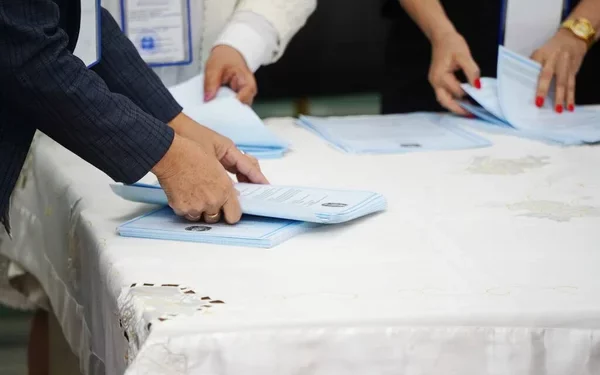A democracy is a system in which voting is unrestricted and safe. Access to the polls, knowledge of polling sites and voting procedures, and fair redistricting policies are only a few fundamental safeguards against discrimination and violence that prevent individuals from exercising their constitutionally guaranteed right to vote.
The Voting Rights Act was a groundbreaking law that banned discriminatory practices in voting, including literacy tests and poll taxes. It also gave federal election examiners the power to directly register voters and observe polling places in jurisdictions where the discrimination occurred.
The Voting Rights Act
The National Voting Rights Act, which forbids racial discrimination in voting, is a crucial piece of civil rights law in the United States. On August 5, 1965, President Lyndon B. Johnson signed it into law. It came just seven months after Martin Luther King launched a campaign in Selma, Alabama, to press Congress to pass legislation preventing racial discrimination in voting.
The VRA protects minority voters from discriminatory practices, such as literacy tests, vote dilution, and poll taxes. It also allows federal election examiners to directly register voters and observe polling places in jurisdictions with terrible voting discrimination problems.
In addition, the VRA also prevents jurisdictions from drawing election districts in ways that dilute the voting power of minorities. The statutes define two typical forms of this dilution: “cracking” (dividing a minority community into separate election districts) and “submerging” (making one community the majority in a multi-member district).
As a result, the National Voting Rights Act has been crucial to developing the American civil rights movement. Since its enactment in 1965, the VRA has been strengthened and readopted several times. In 1970, 1975, 1982, and most recently in 2007, these provisions were renewed for 25 years, making the Voting Rights Act the longest-running federal voting rights law in the United States.
Section 5
Section 5 was enacted to prevent jurisdictions with a history of discrimination from implementing new voting practices or procedures that could disenfranchise protected minority voters without first receiving “preclearance” from the U.S. Attorney General or a federal judge.
To obtain preclearance, states, and localities must show that their proposed changes do not discriminate against racial minorities or those with language disabilities. Additionally, the VRA provides that jurisdictions containing significant language minority populations must provide bilingual ballots and other election materials to ensure equal access for all voters.
These special provisions in the Voting Rights Act are essential because they protect racial minorities from discrimination and prevent states and localities from thinning their voting districts, making it harder for minority groups to elect candidates of their choice.
However, the Supreme Court recently overturned Section 4 (b) of the Voting Rights Act, which prohibited states from enacting voting legislation that had previously been disallowed in the preclearance process. It has made it more difficult to avoid discrimination in elections and has weakened the ability of people to challenge discriminatory laws and practices.
Section 6
To alter their electoral processes and practices, state and local governments had to get “preclearance” from the federal government. It implied that they had to demonstrate that no one was subjected to discrimination due to their race, color, or linguistic group membership.
In 2013, the Supreme Court decided that the formula used to determine which states and localities were required to get preclearance needed to be updated. Hence, jurisdictions no longer need to obtain it to change their policies. However, the Act requires the Attorney General to approve any change before implementing it in a covered jurisdiction.
The law also provided for the appointment of federal examiners to specific counties to ensure they registered eligible voters. These examiners were authorized to certify that people were eligible to vote and to send lists of these citizens to election officials in those jurisdictions. If a challenge were made, the examiner would remove a person’s name from the list and notify the appropriate election officials that the voter was no longer eligible to vote.
Section 7
Section 7 addresses the ability of voters to register and obtain election information in a manner that ensures meaningful participation. The Act prohibits discrimination against voters of color and language minorities in voter registration, voting practices and procedures, and access to election information.
The Act applies to states, counties, cities, and other political subdivisions. The statute identifies certain counties and cities as “covered” under a coverage formula based on the presence of tests or devices with discriminatory purpose or effect (or, in some cases, a lack thereof) and levels of voter registration and participation.
In addition, the Act included special provisions to address voting discrimination against members of certain minority groups who were American Indian, Asian American, Alaskan Native, or of Spanish heritage. The special requirements were set to expire in 1975.
A jurisdiction can request exemption from the Voting Rights Act’s special rules if it can prove that it had not misused any test or device with a discriminatory purpose or effect for at least five years before seeking a bailout. Then, it was the process known as “preclearance.”
Also Read Interesting Articles At: Tech New Master.


















